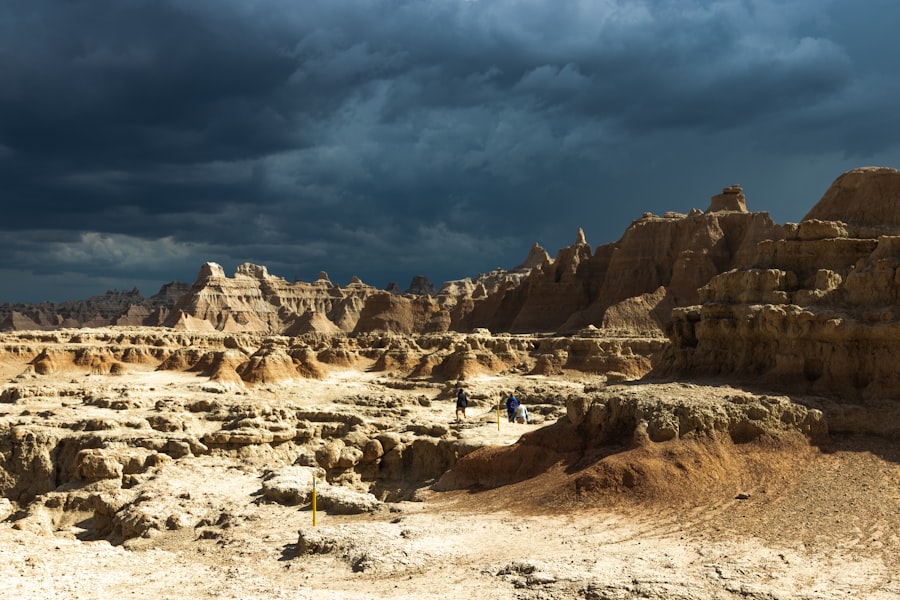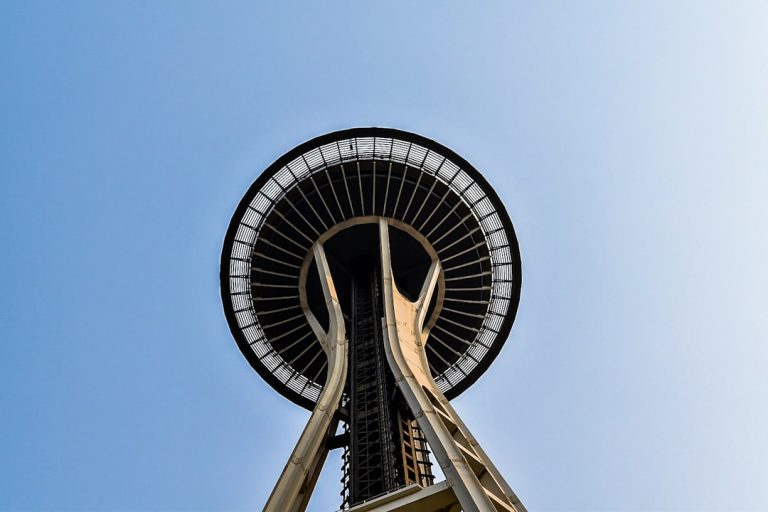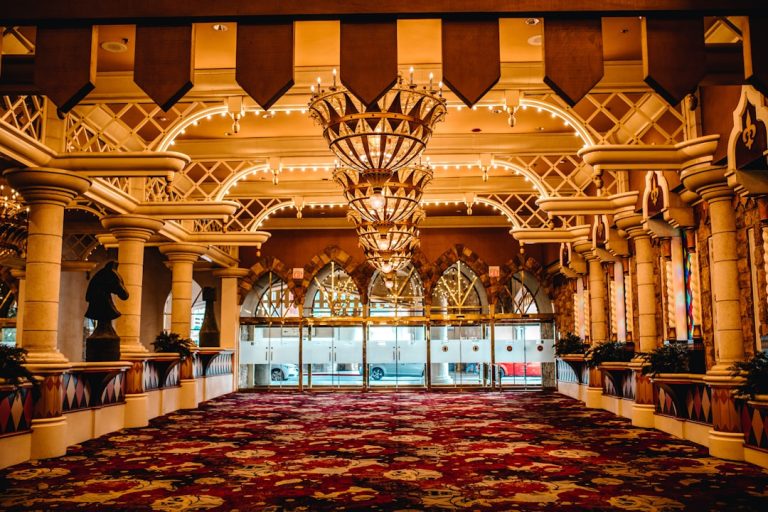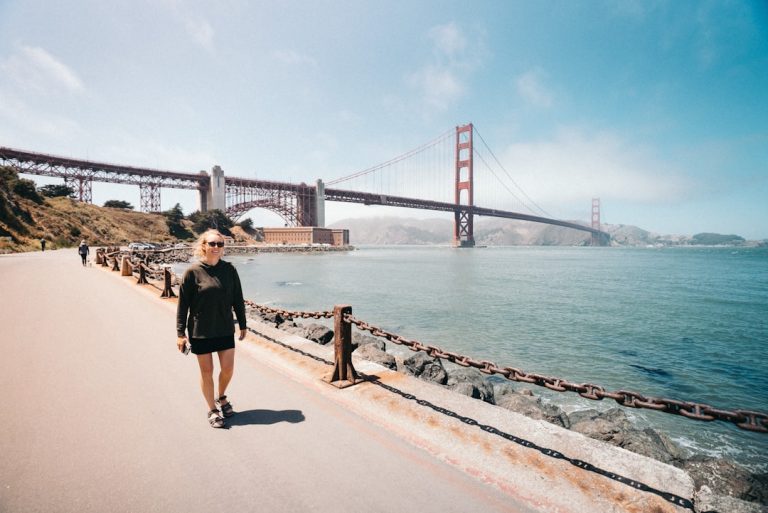
North Dakota’s history is a tapestry woven from the threads of Native American heritage, European exploration, and the westward expansion of the United States. Long before European settlers arrived, the land was inhabited by various Indigenous tribes, including the Mandan, Hidatsa, and Arikara. These tribes thrived along the Missouri River, developing complex societies with rich cultural traditions.
They engaged in agriculture, hunting, and trade, establishing a deep connection to the land that continues to influence the region today. The arrival of European explorers in the 18th century marked a significant turning point in North Dakota’s history. Figures such as Lewis and Clark traversed the area during their famous expedition, documenting the geography and the diverse cultures they encountered.
The establishment of Fort Union in 1828 further solidified North Dakota’s role in the fur trade, serving as a vital hub for commerce between Native Americans and European traders. As settlers moved westward in the 19th century, the region saw an influx of immigrants from various countries, including Scandinavia, Germany, and Ireland. This wave of migration contributed to the cultural mosaic that characterizes North Dakota today.
The state was officially admitted to the Union in 1889, and its history continued to evolve through agricultural development, the rise of railroads, and the discovery of oil in the 20th century. Each chapter of North Dakota’s past has left an indelible mark on its identity, shaping the lives of its residents and their relationship with the land.
Key Takeaways
- North Dakota has a rich history, including the Native American tribes, Lewis and Clark’s expedition, and the state’s role in the agricultural and oil industries.
- Must-see natural wonders in North Dakota include Theodore Roosevelt National Park, the Badlands, and the Sheyenne River Valley.
- Hidden gems in North Dakota include the International Peace Garden, the Enchanted Highway, and the Pembina Gorge.
- North Dakota’s unique culture and traditions are influenced by its Native American heritage, Scandinavian and German immigrants, and the cowboy way of life.
- North Dakota’s thriving arts and entertainment scene includes the Plains Art Museum, the North Dakota Heritage Center & State Museum, and the Medora Musical.
- North Dakota’s culinary delights include knoephla soup, kuchen, and lutefisk, as well as dining experiences at local diners and farm-to-table restaurants.
Must-See Natural Wonders and Scenic Landscapes
North Dakota is home to a diverse array of natural wonders that showcase the state’s breathtaking landscapes. One of the most iconic sites is Theodore Roosevelt National Park, named after the 26th President of the United States, who played a pivotal role in conservation efforts. The park features stunning badlands, rolling prairies, and a variety of wildlife, including bison, elk, and prairie dogs.
Visitors can explore miles of hiking trails that wind through dramatic rock formations and offer panoramic views of the rugged terrain. The park’s unique geology is a testament to millions of years of natural processes, making it a haven for geologists and nature enthusiasts alike. Another remarkable natural feature is the Pembina Gorge, a deep valley carved by glacial meltwater that offers a striking contrast to the surrounding flat plains.
This area is perfect for outdoor activities such as hiking, mountain biking, and birdwatching. The gorge is also home to diverse flora and fauna, making it an ecological treasure trove. Additionally, Lake Sakakawea, one of the largest man-made lakes in the United States, provides ample opportunities for fishing, boating, and camping.
Its expansive shoreline is dotted with parks and recreational areas that attract visitors seeking both adventure and relaxation amidst stunning scenery.
Hidden Gems: Off-the-Beaten-Path Attractions

While North Dakota boasts well-known attractions, it also harbors numerous hidden gems that offer unique experiences away from the crowds. One such gem is the International Peace Garden, located on the border between North Dakota and Canada. This serene garden spans over 2,300 acres and features beautiful floral displays, walking paths, and a stunning peace tower.
It serves as a symbol of friendship between the two nations and provides a tranquil setting for reflection and appreciation of nature. Another lesser-known attraction is the Knife River Indian Villages National Historic Site. This site preserves the history and culture of the Northern Plains tribes who lived along the Knife River.
Visitors can explore reconstructed earth lodges and learn about traditional practices through interpretive programs. The site offers a glimpse into the lives of Indigenous peoples before European contact and highlights their enduring legacy in North Dakota. Additionally, the town of Medora, often overshadowed by Theodore Roosevelt National Park, is worth exploring for its charming western atmosphere and vibrant local arts scene.
North Dakota’s Unique Culture and Traditions
| Aspect | Description |
|---|---|
| State Dance | The traditional state dance of North Dakota is the square dance. |
| State Beverage | The state beverage of North Dakota is milk. |
| State Bird | The state bird of North Dakota is the Western Meadowlark. |
| State Flower | The state flower of North Dakota is the Wild Prairie Rose. |
The cultural landscape of North Dakota is rich and varied, shaped by its Indigenous roots and immigrant influences. Traditional Native American practices continue to thrive in many communities across the state. Powwows are vibrant celebrations that showcase dance, music, and art while fostering a sense of community among Indigenous peoples.
These events often feature traditional foods, crafts, and storytelling that reflect the deep cultural heritage of Native American tribes. In addition to Indigenous traditions, North Dakota’s immigrant history has contributed to its unique cultural identity. Festivals celebrating Scandinavian heritage are prevalent throughout the state, with events like Norsk Høstfest in Minot drawing thousands of visitors each year.
This festival features traditional music, dance, food, and crafts from Norway and other Scandinavian countries. The blending of cultures is also evident in local cuisine, where dishes like lefse (a traditional Norwegian flatbread) coexist with hearty German fare such as knoephla soup. This culinary fusion reflects the state’s diverse heritage and offers a taste of its rich traditions.
Exploring North Dakota’s Thriving Arts and Entertainment Scene
North Dakota’s arts scene is vibrant and diverse, showcasing local talent across various mediums. The state is home to numerous galleries and art centers that promote regional artists and their work. The Plains Art Museum in Fargo stands out as a premier destination for contemporary art enthusiasts.
It features rotating exhibitions that highlight both local artists and national figures while offering educational programs that engage the community in creative expression. The performing arts also play a significant role in North Dakota’s cultural landscape. The North Dakota Symphony Orchestra brings classical music to audiences throughout the state, while local theaters host productions ranging from classic plays to contemporary performances.
This celebration of local talent not only entertains but also fosters a sense of pride in North Dakota’s artistic community.
North Dakota’s Culinary Delights: Must-Try Foods and Dining Experiences

North Dakota’s culinary scene reflects its agricultural roots and diverse cultural influences. One must-try dish is bison burger—a leaner alternative to traditional beef that showcases the state’s rich ranching heritage. Many local restaurants serve bison burgers topped with locally sourced ingredients like artisan cheeses and fresh vegetables.
Another culinary highlight is knoephla soup, a creamy potato dumpling soup with German origins that has become a staple in many households across the state. This hearty dish is often served at community gatherings and potlucks, embodying North Dakota’s spirit of hospitality.
Additionally, visitors should not miss out on trying lefse—a soft flatbread made from potatoes that can be enjoyed sweet or savory. Many local bakeries offer this traditional treat during holiday seasons or special events. In urban centers like Fargo and Bismarck, a burgeoning food scene has emerged with an array of dining options ranging from upscale restaurants to cozy cafes.
Food trucks have also gained popularity, offering everything from gourmet tacos to artisanal ice cream. These culinary experiences reflect North Dakota’s evolving palate while honoring its agricultural heritage and cultural diversity.
If you’re intrigued by the diverse landscapes and cultural richness highlighted in the article “North Dakota: Interesting Facts, Places to Visit, and Things to See,” you might also enjoy exploring more about other unique destinations around the world. For instance, the article on Egypt: Facts and Places to Visit offers a fascinating glimpse into a country that boasts an equally storied and diverse heritage. From the majestic pyramids of Giza to the bustling markets of Cairo, Egypt presents a blend of ancient history and modern vibrancy that can provide further context and contrast to the American Midwest’s own historical and natural attractions.
FAQs
What are some interesting facts about North Dakota?
– North Dakota is the 19th largest state in the United States.
– It is the 4th least populous state, with a population of around 760,000 people.
– The state is known for its vast prairies, beautiful Badlands, and rich Native American culture.
– North Dakota is the leading producer of spring wheat, durum wheat, and sunflowers in the United States.
What are some popular places to visit in North Dakota?
– Theodore Roosevelt National Park: Known for its stunning Badlands scenery and wildlife.
– Fargo: A vibrant city with cultural attractions, shopping, and dining.
– Bismarck: The state capital with historical sites and outdoor recreation opportunities.
– Minot: Home to the Scandinavian Heritage Park and the North Dakota State Fair.
What are some things to see in North Dakota?
– The Enchanted Highway: A 32-mile stretch of highway featuring larger-than-life metal sculptures.
– International Peace Garden: A symbol of peace and friendship between the United States and Canada.
– Fort Union Trading Post National Historic Site: A reconstructed trading post from the 1800s.
– Knife River Indian Villages National Historic Site: Preserves the historic and cultural legacy of the Northern Plains Indians.






